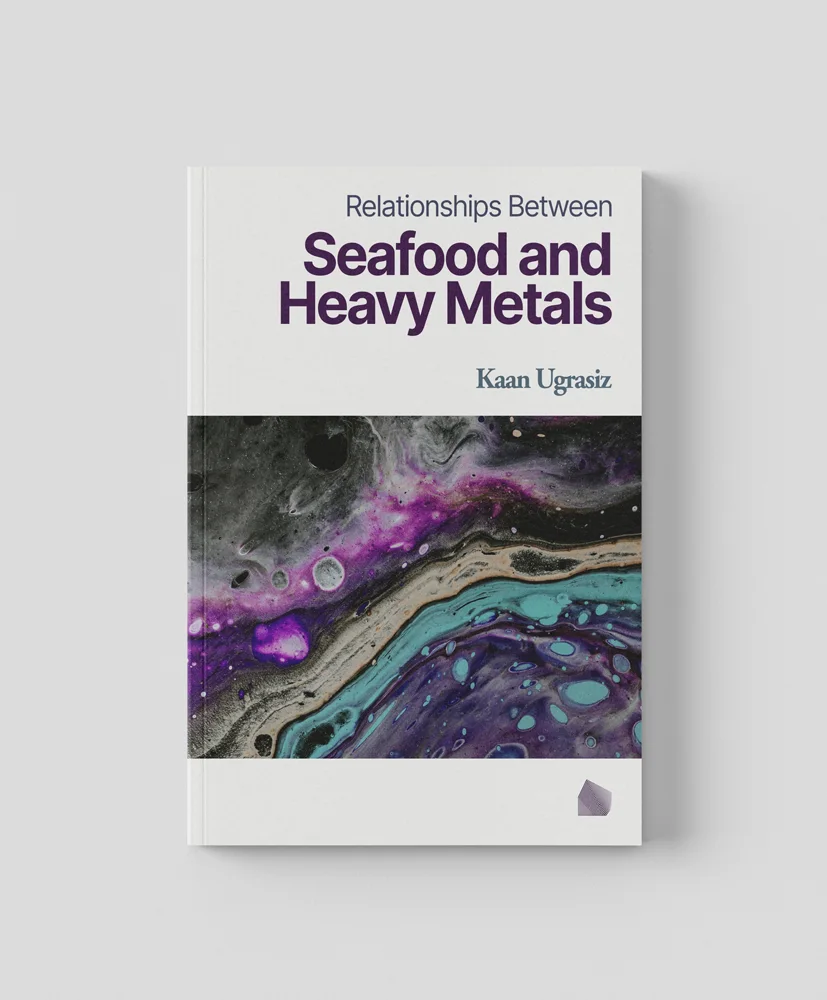Relationships between seafood and heavy metals
$0,00
Although heavy metals, which are an integral component of the earth’s crust, have existed in the world for hundreds of years in a unique cycle mechanism, their geochemical cycles and biochemical balances have changed greatly due to the increasing human activities day by day.
So, how do heavy metals enter seafood? What are their effects on human consumption? How do heavy metals affect humans? How should seafood be consumed responsibly?
The ever-increasing industrial activities of the last century have also resulted in an increase in people’s direct or indirect exposure to heavy metals. Mercury, Lead, Chromium, Cadmium and Arsenic are in the top five of the most common heavy metals that cause human poisoning. The sources that provide heavy metals are actually not as far away as we think, we are closer to some of them than we think; welding shops, paints, pesticides, fuels…
The definition of heavy metal refers to a group of elements that exhibit metallic properties and are notoriously defined. When this metal group enters the human body and begins to show negative effects there, it is defined as toxic, and its name turns into toxic metals.
Pollution of water, air and soil with heavy/toxic metals is an environmental problem and hundreds of millions of people around the world are affected every day. Somehow, these metals, which are unexpectedly mixed with any part of nature, leach from industrial plants and acid rain, causing environmental pollution.
There is no way to permanently get rid of these metals, which we define as heavy in nature and toxic to the body. However, if we can review the mechanisms of their involvement in nature and take precautions, we can minimize or even completely eliminate the impact on the human body. In order to achieve this, people from all parts of the society should make a joint effort and legislators should put human life in the forefront and make appropriate laws in the light of scientific data.
Getting to know heavy metals better is the starting point for regulating our relationship with these substances. This is the benchmark in the emergence of a small document containing clear information on metals that are alternately identified as heavy and toxic.
The book “The Relationship Between Seafood and Heavy Metals”, with its titles focusing on heavy metals that are most commonly found in nature, is offered as an easy content for anyone who wants to better understand toxic metals and learn how to avoid them.


